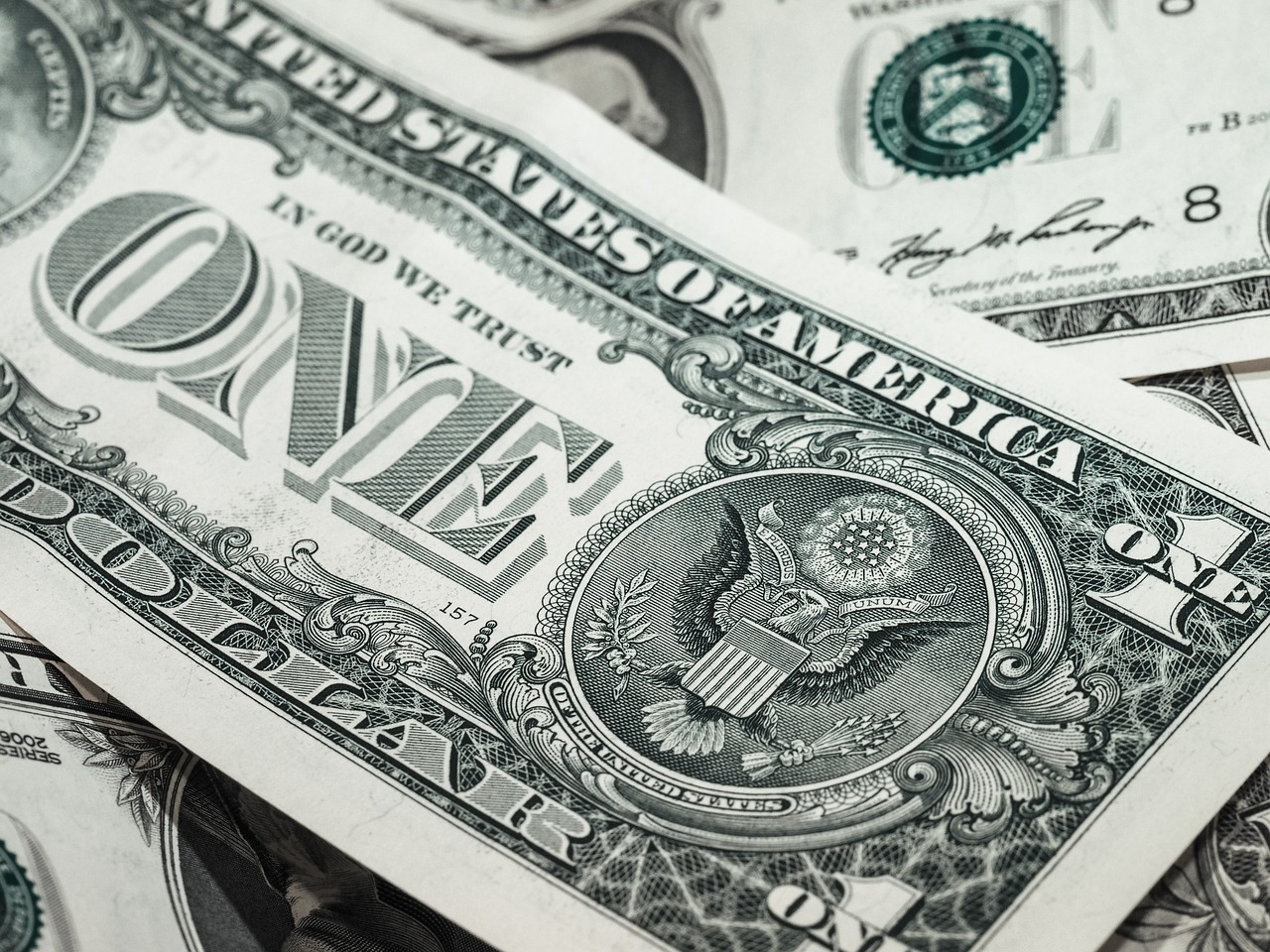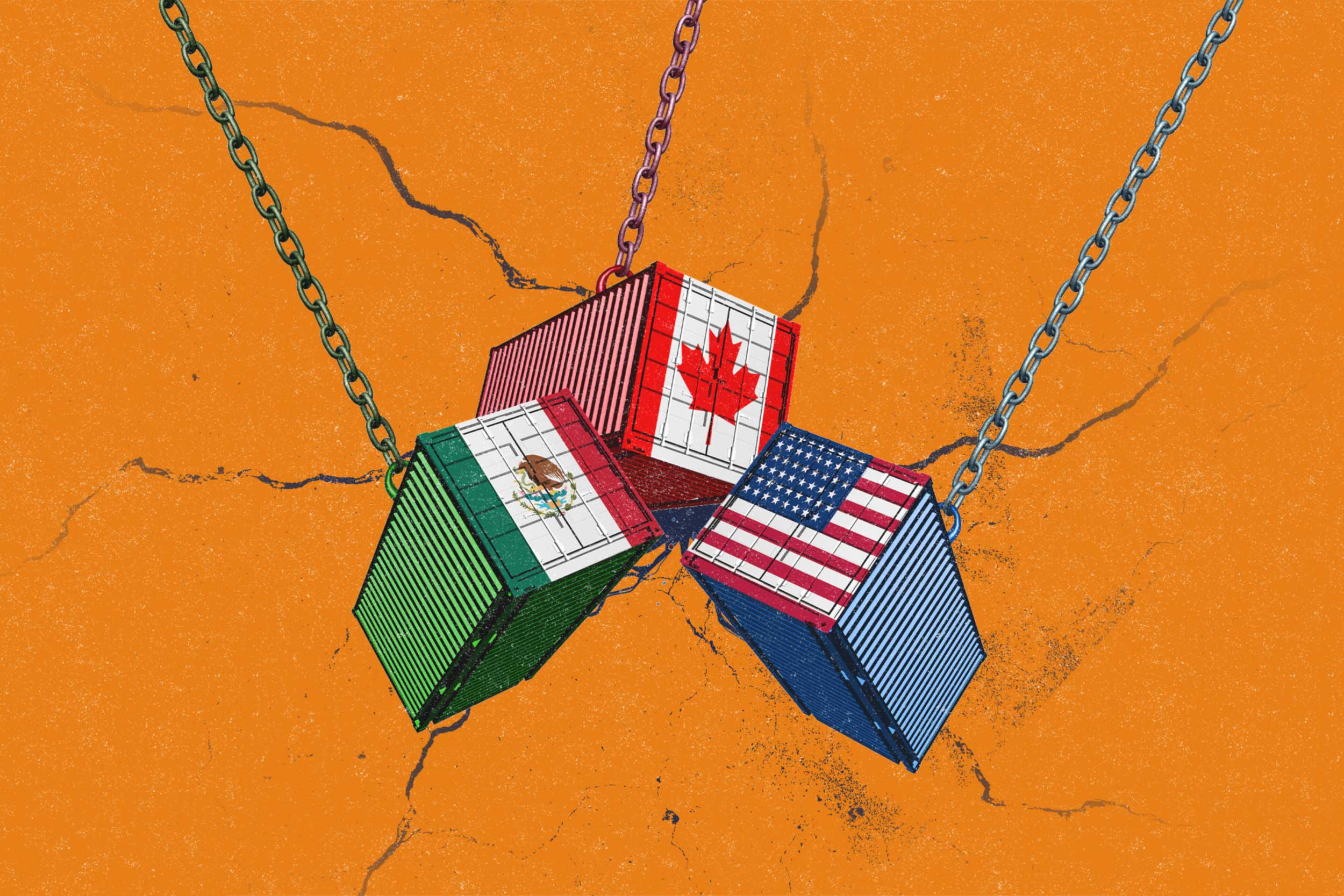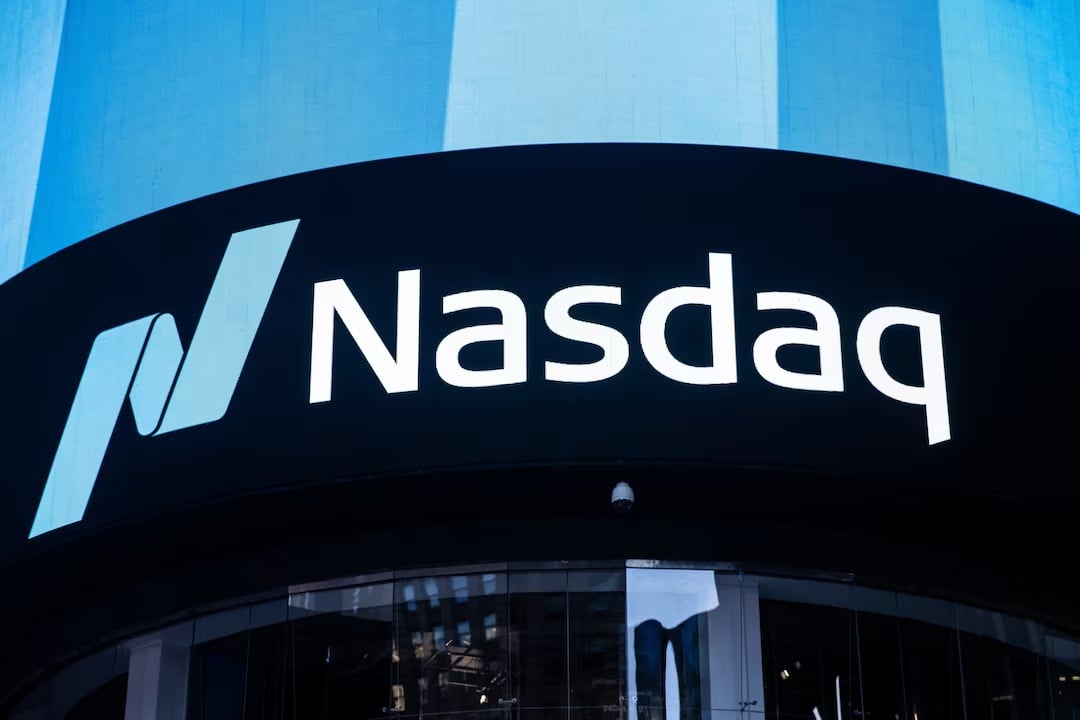- PE 150
- Posts
- Couch to Riches: The $759B furniture frenzy fueling PE’s next big move
Couch to Riches: The $759B furniture frenzy fueling PE’s next big move
This week we dive into the massive $759B furniture market, offering Private Equity a perfect mix of steady growth and reliable cash flow
Happy hump day, !
This week we dive into the massive $759B furniture market, offering Private Equity a perfect mix of steady growth and reliable cash flow
Secondaries are becoming increasingly important not only in the U.S but also in other regions such as Asia-Pacific, which is rapidly adopting continuation fund (CF) strategies as GPs seek alternative liquidity options
Competition among private credit lenders is heating up and they are being pushed into new areas of growth such as asset-based finance and investment-grade credit
European dry powder hit unprecedented numbers in 2024, meaning that dealmaking in 2025 will most likely accelerate, even if fundraising slows down.
— PE150 Team
Table of Contents

Furniture Market: Steady Growth, Solid Returns
Private equity thrives on balance, and the $759B global furniture market delivers exactly that. Set to reach $1T by 2030 at a 5.1% CAGR, this sector offers a rare mix of steady growth and reliable cash flow—perfect for diversification in volatile markets.
The US leads the pack with $265B in annual revenue, fueled by residential construction booms and a sustained appetite for home upgrades. Living room furniture, the largest and fastest-growing category, and home decor collectively dominate over 45% of market value, showcasing a strong consumer focus on functionality and aesthetics.
However, this isn’t a set-it-and-forget-it opportunity. The highly fragmented market and price-sensitive consumers demand operational efficiency from PE sponsors. Success lies in driving advanced manufacturing, streamlined supply chains, and brand loyalty. For those willing to optimize, the furniture sector offers not just stability, but untapped potential for margin expansion.
Want to learn more?
Premium Perks
Since you are an Executive Subscriber, you get access to all the full length reports our research team makes every week. Interested in learning all the hard data behind the article? If so, this report is just for you.
|

European PE Dry Powder Peaks
European private equity firms are entering 2024 with €453.5 billion in dry powder. This financial stockpile could keep dealmaking robust into 2025, even if fundraising cools. At a 50% LTV for leveraged buyouts, PE's reliance on private credit will match these figures—creating nearly €450 billion in debt demand. With private credit thriving, the symbiosis between equity and debt may define the next wave of European M&A.
Sponsored Content
Own a stake in simplifying relocation.
Every move begins with a choice, and we’ve built the platform to make those choices easier. From exploring communities to planning every detail, LookyLOO has you covered.
Read the Offering information carefully before investing. It contains details of the issuer’s business, risks, charges, expenses, and other information, which should be considered before investing. Obtain a Form C and Offering Memorandum at https://wefunder.com/lookyloo

The Growing Role of Secondaries in APAC Liquidity Solutions
Liquidity challenges in the Asia-Pacific private equity market have paved the way for a surge in GP-led secondary transactions, marking a significant shift in the region’s approach to exits. While still trailing behind the US and Europe, APAC is rapidly adopting continuation fund (CF) strategies as GPs seek alternative liquidity options. Recent high-profile transactions, such as ChrysCapital in India and PAG in China, highlight how sponsors are leveraging secondaries to navigate a challenging exit environment, with private equity exits falling to $101 billion in 2023, down 51% from 2021 levels.
As IPO markets remain subdued across much of the region, GP-led deals are providing much-needed liquidity for Limited Partners (LPs). Even in IPO hotspots like Japan and India, where public market activity remains robust, secondary transactions are gaining momentum, reflecting their flexibility and appeal. With secondary volumes reaching $5.5 billion in 2023, GPs are not only offering Distributions to Paid-In Capital (DPI) but also retaining assets for longer-term value creation, a strategy well-suited to volatile markets.
Looking ahead, the increasing reliance on secondaries in Asia signals a broader trend of market evolution. As the region continues to adopt this approach, sponsors are expected to turn to the secondary market more frequently, not just as a tool for liquidity but as a strategic means to optimize portfolio performance. For investors, this shift underscores an emerging opportunity to capitalize on APAC’s growing sophistication in private equity dealmaking.

TRIUMPH’s $3B Private Equity Exit Clears for Takeoff
TRIUMPH Group is officially leaving the public markets, with Warburg Pincus and Berkshire Partners acquiring the aerospace supplier in a $3 billion all-cash deal. Shareholders will walk away with $26 per share, a 123% premium over TRIUMPH’s stock price in October 2024. The company’s leadership is calling it a win for long-term flexibility, with CEO Dan Crowley highlighting the “enhanced ability to meet customer needs” under private ownership.
For Warburg Pincus, the investment is a bet on the growing demand for highly engineered aerospace components, a space where PE firms are increasingly circling. The deal, unanimously approved by TRIUMPH’s board, is expected to close in H2 2025, pending shareholder and regulatory approvals. Once complete, TRIUMPH will delist from the NYSE and shift its focus to PE-backed expansion—free from Wall Street’s quarterly check-ins.
Sponsored Content
Invest with the art investment platform with 23 profitable exits.
How has the art investing platform Masterworks been able to realize an individual profit for investors with each of its 23 exits to date?
Here’s an example: an exited Banksy was offered to investors at $1.039 million and internally appraised at the same value after acquisition. As Banksy’s market took off, Masterworks received an offer of $1.5 million from a private collector, resulting in 32% net annualized return for investors in the offering.
Every artwork performs differently — but with 3 illustrative sales (that were held for 1+ year), Masterworks investors realized net annualized returns of 17.6%, 17.8%, and 21.5%.
Masterworks takes care of the heavy lifting: from buying the paintings, to storing them, to selling them for you (no art experience required).
Past performance not indicative of future returns. Investing Involves Risk. See Important Disclosures at masterworks.com/cd.

Private Credit: The Moody`s $3 Trillion Horizon
Private credit is set to hit $3 trillion AUM by 2028, buoyed by easing rates and declining default risks. Yet, competition among lenders is heating up, pushing them into new areas like asset-based finance and investment-grade credit.
Retail investors are also gaining access via innovative structures like evergreen funds and private credit ETFs, while insurers deepen partnerships for higher yields.
On the regulatory front, evolving U.S. policies could balance disclosure with capital formation, though market opacity remains a challenge. The takeaway? 2025 offers growth opportunities—but with a need for sharp risk management.

Trade Tensions and Economic Leverage
Trump’s America First trade memo signals a seismic shift in U.S. trade policy—without yet imposing a single tariff. While the document appears subdued on the surface, its undercurrents suggest a radical restructuring of U.S. trade practices that will ripple through the global economy.
Key highlights:
Tariffs reimagined: Beyond traditional duties, the memo proposes a “global supplemental tariff”—essentially a sweeping 10% levy on all imports. This could redefine the U.S.’s trade relationships, igniting retaliation from key partners like China and the EU.
Economic and national security overlap: For the first time, persistent trade deficits are explicitly tied to national security risks, reshaping the narrative around trade policy.
A new bureaucratic player: The proposed External Revenue Service (ERS), tasked with collecting tariffs and other trade revenues, signals a creative accounting move to offset fiscal spending—critical for Trump’s tax and deregulation agenda.
Despite its lofty ambitions, the memo lays bare challenges ahead: fragmented agency coordination, potential WTO conflicts, and tension between Trump’s high-tariff instincts and more moderate advisors.

This Week in History: The Birth of Nasdaq
Before Nasdaq, Wall Street trading was a loud, chaotic mess of men in colorful jackets shouting orders across the floor. But on February 8, 1971, the National Association of Securities Dealers Automated Quotations (Nasdaq) changed the game, launching as the world’s first electronic stock exchange. Designed to modernize and streamline trading, Nasdaq began by handling over 2,500 securities, offering investors a faster and more transparent alternative to the traditional trading floors. What started as a way to regulate over-the-counter (OTC) securities quickly became a launchpad for the future of investing—no ticker tape, no hand signals, just a digital marketplace built for speed.
Nasdaq soon became synonymous with tech, attracting Silicon Valley’s rising giants while also listing banks, airlines, and consumer brands. Its flagship index, the Nasdaq Composite, started at 100 points in 1971, surged past 5,000 during the dot-com boom, only to crash 78% in 2000. But fast forward to today, and Nasdaq—fueled by the relentless rise of FAANG stocks and big tech dominance—sits comfortably above 13,000, proving that digital trading wasn’t just a disruptor, it was the future of markets.
Love PE150? Stay Ahead in Insurance Too!
Insurance150 delivers the same high-quality insights—proprietary trends, curated info, and actionable tools for Insurance & FIG executives in just 5 minutes a week. Subscribe now


President Donald Trump is once again saying he wants to end a tax perk used by private equity fund managers, a policy feat that politicians have tried and failed to achieve for more than a decade.
— Bloomberg Tax (@tax)
1:21 PM • Feb 7, 2025
"I find that the harder I work, the more luck I seem to have"
Thomas Jefferson







